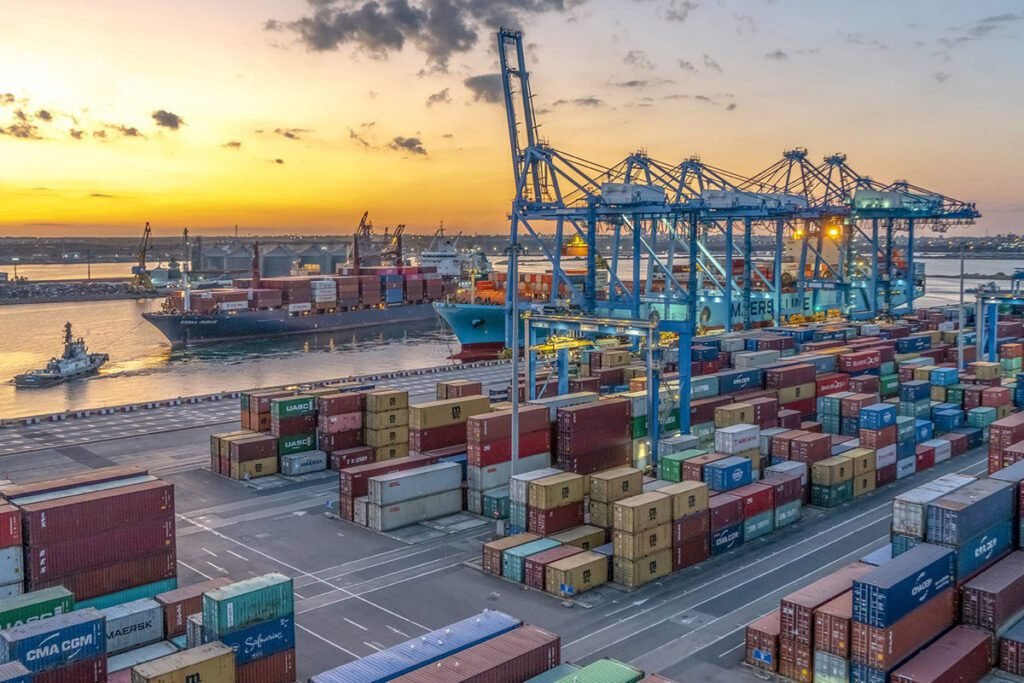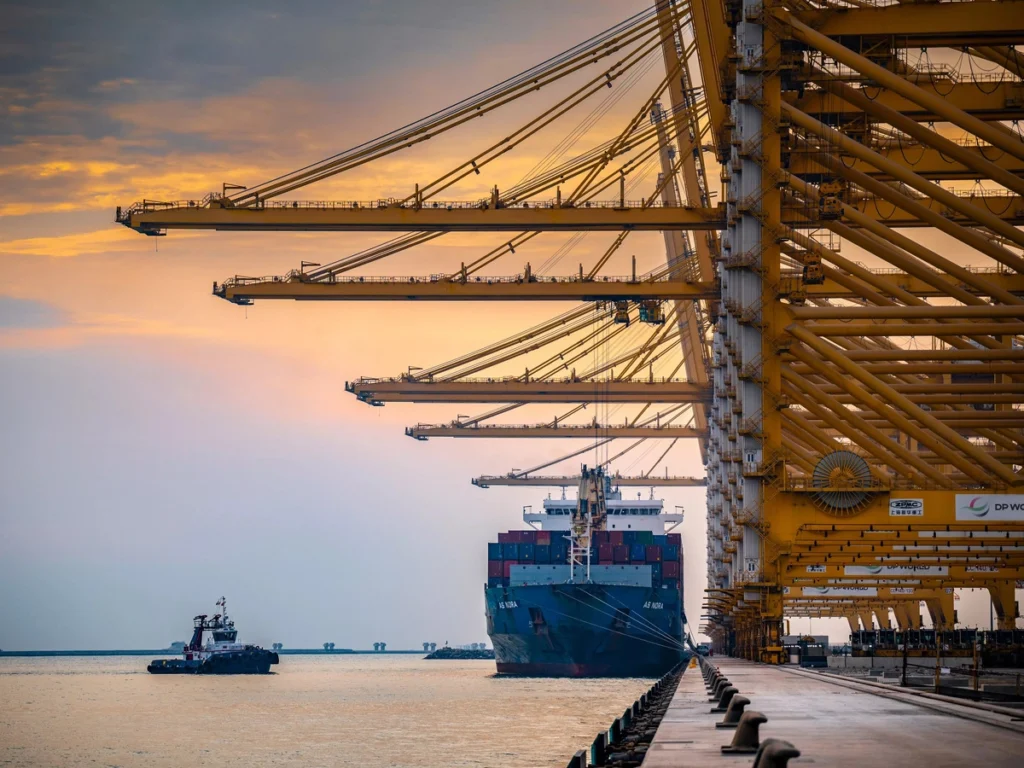Gulf ports security challenges are increasing as the region’s trade ambitions grow rapidly. With expanding economies and rising cargo volumes, Gulf ports are becoming vital hubs in global trade. But this growth also brings new risks and threats that require stronger security measures.
This article explores the latest security challenges faced by Gulf ports, how these challenges affect trade, and what steps are being taken to protect these important gateways.
The Growing Role of Gulf Ports in Global Trade
Gulf ports have become major players in international shipping and logistics. Countries in the Gulf region have invested heavily in expanding port infrastructure, attracting global shipping lines and trade partners.

Ports in the UAE, Saudi Arabia, Qatar, Oman, and Kuwait handle millions of containers every year. This growth supports economic diversification efforts and connects the Gulf to key markets in Asia, Europe, and Africa.
The increasing volume of trade through Gulf ports highlights their importance but also puts pressure on port security systems.
Why Gulf Ports Security Challenges Are Increasing

As trade volumes rise, Gulf ports face several new security challenges:
- Cybersecurity threats: Modern ports rely on digital systems for operations, tracking, and customs. Hackers target these systems to disrupt trade or steal sensitive information.
- Smuggling and illegal trafficking: Growing trade makes it easier for smugglers to hide illegal goods, weapons, or drugs among legitimate shipments.
- Terrorism and sabotage risks: Ports are potential targets for terrorist attacks due to their strategic importance and large gatherings of people and goods.
- Physical security gaps: Expanding port facilities can create blind spots or weak points that criminals may exploit.
- Supply chain vulnerabilities: Disruptions in ports can cause delays and losses across global supply chains.
These challenges require Gulf ports to update and strengthen their security protocols continuously.
How Gulf Ports Are Responding to Security Challenges
Authorities and port operators in the Gulf region are actively improving security through several key measures:
1. Investing in Advanced Technology
Ports are deploying advanced scanning systems, biometric access controls, and AI-powered surveillance cameras to detect threats faster.
Digital tools also improve cargo tracking and help identify suspicious shipments in real time.
2. Enhancing Cybersecurity
Cyber defenses are being strengthened to protect IT networks and control systems from hacking and malware.
Training employees on cybersecurity awareness is also a priority.
3. Collaborating Internationally
Gulf ports are working closely with international security agencies, shipping companies, and customs authorities to share intelligence and best practices.
This cooperation helps detect threats before they reach the ports.
4. Upgrading Physical Security
More security personnel, patrols, and improved fencing help protect port perimeters.
Emergency response plans are regularly tested to prepare for potential incidents.
The Impact of Security Challenges on Trade Growth

Security challenges can slow down trade and increase costs. For example, stricter inspections may cause delays in cargo clearance.
Cyberattacks can halt port operations, disrupting supply chains.
Smuggling and illegal activities also create reputational risks for ports and their trading partners.
Despite these risks, Gulf ports remain committed to balancing security with efficiency. They strive to keep trade flowing smoothly while protecting people and goods.
Looking Ahead: The Future of Gulf Ports Security
As Gulf trade ambitions continue to grow, port security will remain a top priority.
Future efforts may include:
- Greater use of automation and robotics to reduce human error and improve monitoring.
- Integration of blockchain technology to secure supply chain data.
- Stronger regional partnerships for coordinated security efforts.
- Ongoing investment in workforce training to handle evolving threats.
By staying proactive, Gulf ports aim to maintain their position as trusted global trade hubs.
Conclusion
The Gulf region’s ports are at the heart of a booming trade landscape. But with this growth come new and complex Gulf ports security challenges that require continuous attention and innovation.
Through technology, international cooperation, and strong policies, Gulf ports are working to protect their infrastructure and support the region’s expanding economic goals.
By addressing security risks head-on, Gulf ports can continue to serve as vital gateways for global trade, driving prosperity in the years ahead.
Read More: Saudi Minister Reviews Hajj Shuttle Service for Pilgrims













